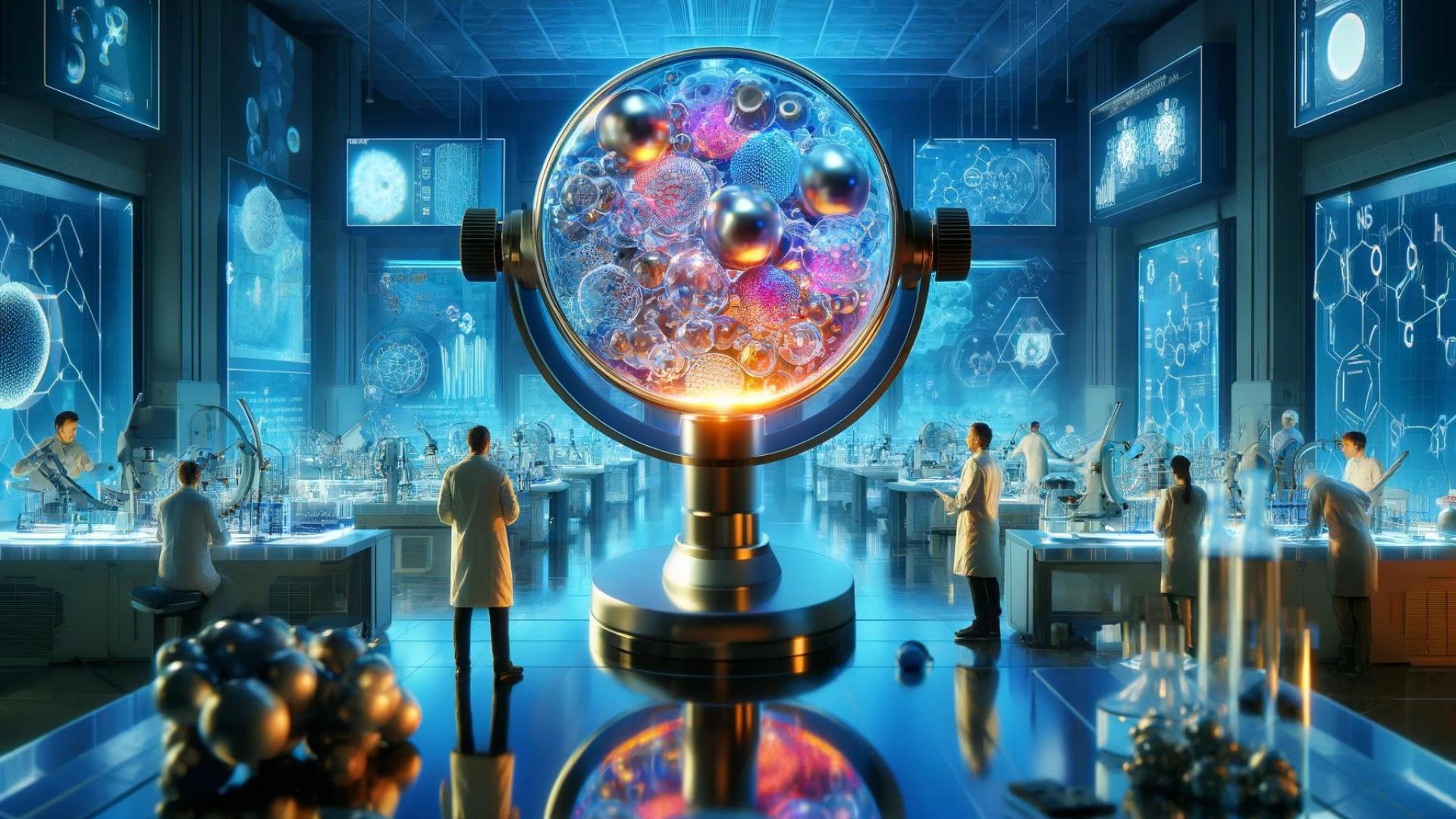Big Ideas Explained: Nanotechnology
First things first, let’s talk scale:
- A Single Hair: A human hair is about 80,000 nanometers wide. Now that’s already pretty tiny!
- Nanoworld: A nanometer is one billionth of a meter. Nanotech deals with materials between 1-100 nanometers in size.
So, what’s so special about being this small? At the nanoscale, materials start acting in surprising ways:
- Super Strength: Think nanotubes made of carbon, stronger than steel but incredibly lightweight. We could build lighter, sturdier cars and airplanes.
- Medicine, Reinvented: Imagine nanoparticles that deliver drugs only to cancer cells, leaving healthy ones untouched. Sci-fi? It’s being researched this very moment!
- Solar Power Upgrade: Nanoscale coatings could make solar cells wildly more efficient, helping us ditch fossil fuels faster.
Nanotech, Up Close & Personal
Wait, is this stuff already out there in the world? Actually, yes!
- Does Your Sunscreen Feel Invisible? Chances are, it uses nanoparticles that block UV light without leaving a thick white residue.
- Scratch-Proof Glasses (Maybe Yours!) They likely have nanoscale coatings for extra toughness.
- Stain-Resistant Clothes Nanofibers can repel liquids – good for your messy days!
The Bigger Picture
Nanotech is about precise control of the building blocks of matter – think rearranging atoms like Lego bricks. This opens up mind-boggling possibilities, but it’s not risk-free. Nanoparticles can act differently in the body, so safety research is vital.
The Power in Your Hands
Science isn’t just for scientists. When we understand the basics of fields like nanotech, we can:
- Make Informed Choices: Do the benefits of that nano-coated pan outweigh potential risks? Understanding the science helps you decide.
- Support (or Demand!) Smart Regulation: Responsible use of nanotech needs policies informed by both science and public values.
Ready to see even smaller?
- Search Online: Find cool graphics and videos that visualize the world of atoms and nanoparticles.
Nanotechnology has the potential to reshape our lives. The more you understand, the more you can help steer the direction of this truly revolutionary science.
Why Should You Care?
- Innovation All Around: Nanotechnology is already shaping products we use and will revolutionize fields like medicine, energy, and manufacturing. Understanding the basics helps you make sense of these changes.
- The Future Is Nano-Sized: Potential benefits are immense, but there may also be downsides. Being informed means you have a say in how this technology is used.
- Science Is Power: Understanding nanotech demystifies science. This makes you a savvier consumer, voter, and participant in shaping an amazing yet responsible technological future.
Key Takeaways
- Nanotechnology involves manipulating matter at the atomic and molecular level.
- Materials behave differently at the nanoscale, offering possibilities for stronger materials, targeted medicine, and more efficient technologies.
- Nanotechnology is already present in some everyday products like sunscreen and clothing.
- Responsible development of nanotechnology requires careful safety research and public engagement.
Keywords and Definitions
- Nanotechnology: The field of science and engineering that deals with matter on the nanoscale (1-100 nanometers).
- Nanometer: One billionth of a meter – so small that it’s invisible to the naked eye.
- Nanomaterials: Materials engineered to have at least one dimension in the nanoscale.
- Nanoparticle: A tiny particle of matter that measures between 1-100 nanometers across.
- Carbon Nanotube: A tube-shaped nanomaterial made entirely of carbon, known for its incredible strength and conductivity.
- UV Light: Invisible radiation from the sun that can cause sunburn and skin damage.
- Solar Cell: A device that converts sunlight directly into electricity.
- Fossil Fuels: Non-renewable energy sources like coal and oil, which contribute to climate change.
- Regulation: Rules or guidelines set by governing bodies to control the development and use of technology.
- Atom: The basic building block of matter.
FAQs
- Can nanoparticles harm me? Research is ongoing. Some nanoparticles may be safe, while others could pose risks depending on their type and how you’re exposed to them.
- Will nanotechnology create self-replicating nano-robots like in sci-fi? This is very far-off. Current nanotechnology is about precision control, not creating miniature robots.
Myth Buster
- Myth: Nanotechnology is purely science fiction. Reality: It’s real science already used in products and has the potential to change our world in massive ways.
Let’s Talk
- Other than those mentioned, can you think of a product you use that might benefit from nanotechnology?
- Should there be stricter regulations on using nanomaterials in consumer products? Why or why not?
- What’s one potential application of nanotechnology that excites you the most?
Let’s keep the conversation going – share your thoughts in the comments below!










0 Comments